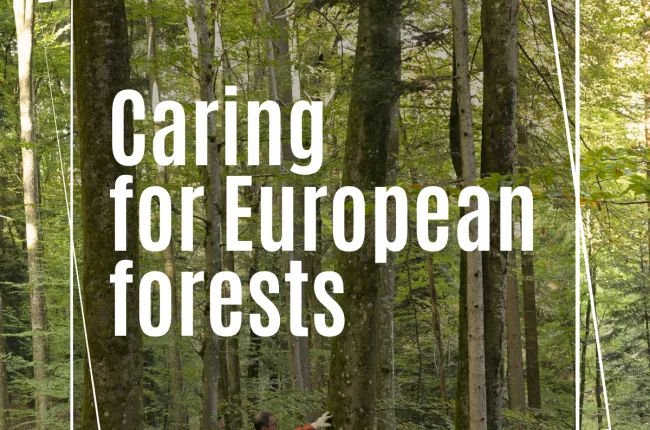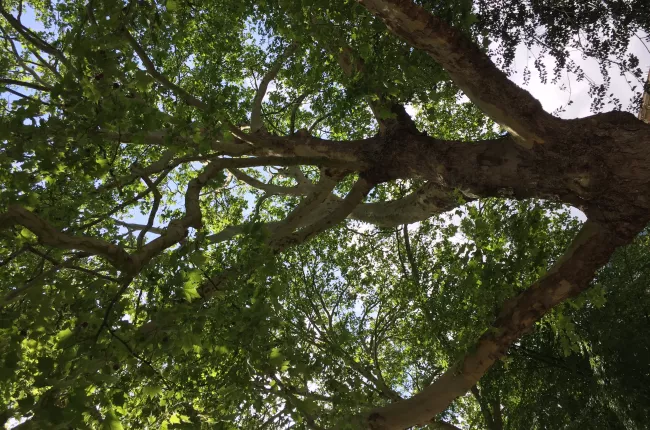The report builds on the pan-European criteria for sustainable forest management and addresses the state of European forests according to 6 key categories: Forest Resources and their Contribution to Global Carbon Cycles; Forest Ecosystem Health and Vitality; Productive Functions of Forests; Biological Diversity in Forest Ecosystems; Protective Functions in Forest Management (notably soil and water) and Socioeconomic Functions and Conditions.
In European forest, some indicators remained stable over the years:
- Stands composed of two or more tree species predominate in European forests
- Populations of common forest bird species are stable
- 70% of forests and other wooded land are available for public recreation
The report shows that there are positive developments in several areas and presents, among others, the following figures:
- European forest area has increased by 9% over the last 30 years. At 227 million ha of forests, more than 1/3 of Europe’s land surface is forested.
- The volume of wood and the weight of carbon stored in European forests have grown by 50% over the last 30 years as forest area expanded and only a part of the increment has been harvested. About 3/4 of the net annual wood increment is felled.
- The volume of wood supply has grown, reaching 550 million m3, which is 40% more than in 1990.
- The area of forests designated for biodiversity conservation has increased by 65% in 20 years, and the area designated for landscape conservation by 8%.
- The number of genetic conservation units has increased about 10 times since 1990
The report finds that European forests are increasingly facing challenges. The main pressures arise from societal demands and climate change impacts. Among others, the report points out that:
- About 3% of European forests are damaged, mainly by wind, insects, ungulate browsing, and forest fires.
- Specifically, a growing frequency of large-scale forest disturbances has been observed recently, including extreme droughts, heat waves, bark beetle outbreaks, and forest fires.
- Deposition of air pollution has continuously decreased over the last 25 years; however, some pollutants still locally exceed critical loads.
- Mean foliage loss of trees increased at 19% of monitoring plots, more than double the number of plots where foliage improved in the period 2010-2018.
- The relatively low net revenue of forest enterprises poses a risk for forest management, especially in the environment of volatile markets, adverse effects of changing climate, and requirements for more demanding silvicultural systems.
CEPF is of views that sustainable forest management implemented by European forest owners and managers is key to tackle the challenges that forests are facing.
Sources:
State of Europe's Forests 2020, FOREST EUROPE
Summary for Policy Makers – State of Europe’s Forests 2020, FOREST EUROPE




